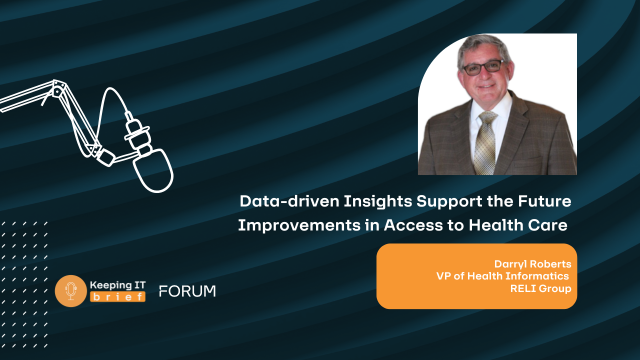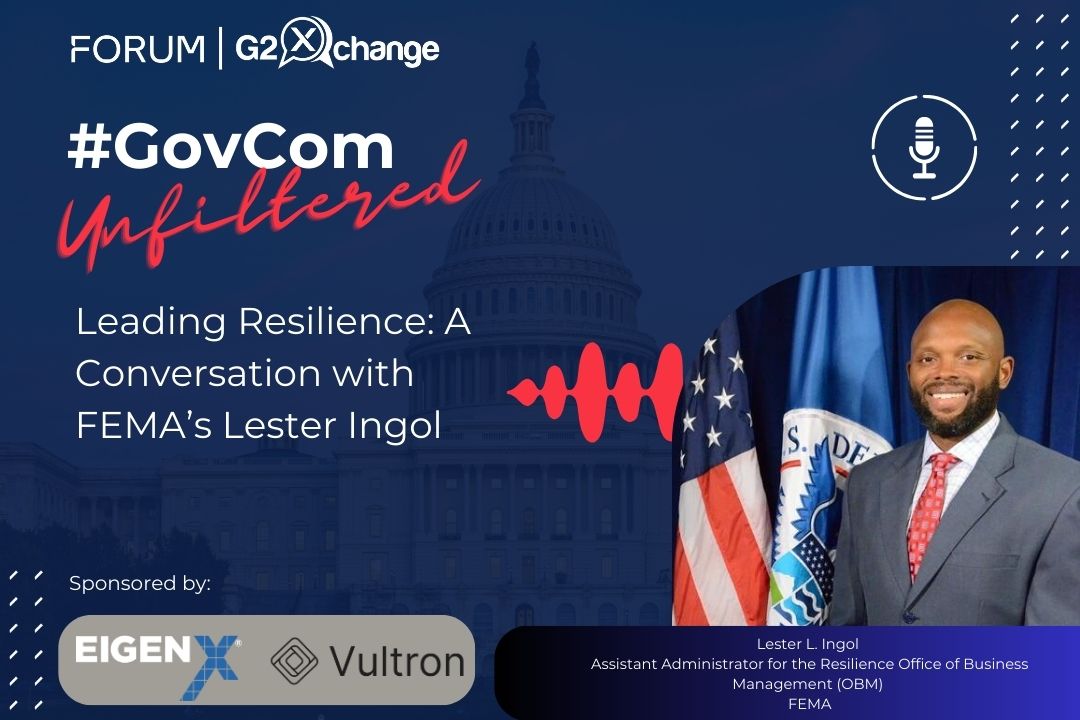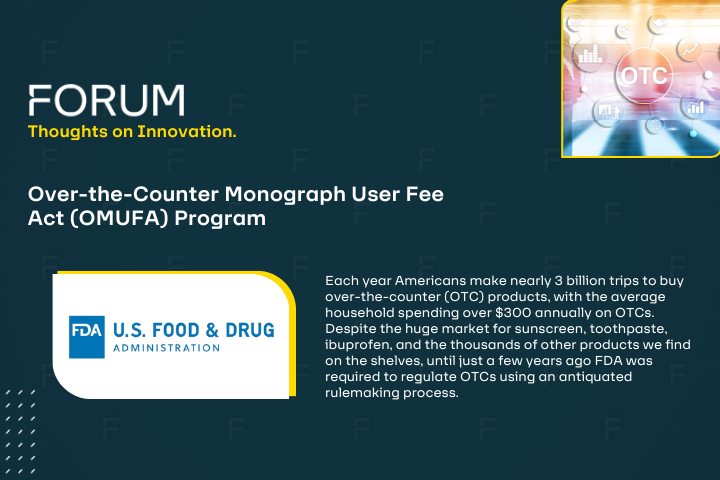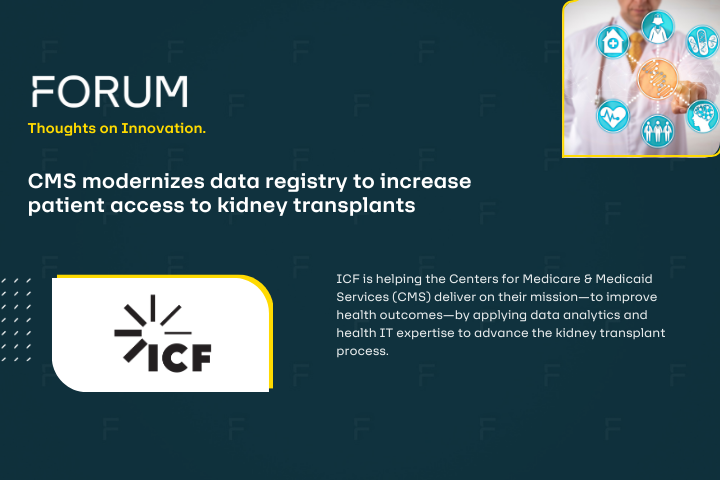The planned roll-out of an electronic health record (EHR) system at a healthcare facility has become a nearly daily event in the United States. But the EHR upgrade that’s underway at the Captain James A. Lovell Federal Health Care Center (Lovell FHCC) in North Chicago, Ill., is no ordinary event.
The planned March 2024 roll-out of the federal EHR at Lovell FHCC will mark the completion of a vast Department of Defense (DOD) deployment of the integrated, advanced federal EHR that has been underway for years. Lovell FHCC also represents a unique healthcare partnership between the Department of Veterans Affairs (VA) and the DOD.
“Lovell FHCC is a DOD/VA facility that serves both veterans and military members and their families, and this EHR will integrate facility operations,” explained Bill Tinston, director of the Federal Electronic Health Record Modernization Office.
Tinston was one of three panelists who met recently to discuss the Lovell FHCC EHR project and how it fits into the DOD, VA, and broader federal government efforts to integrate and improve healthcare IT.
The panel was co-moderated by Jason McCarthy, senior vice president and operations manager for military and veterans health solutions at Leidos, which has long been playing a key role in the DOD’s EHR modernization, and Pat Sargent, senior vice president and general manager for government services at Oracle Cerner.
McCarthy noted that the panel reflected the high level of collaboration between industry and multiple government organizations in making the ambitious federal EHR a reality.
“It’s a true partnership, and one that has impact on the health outcomes of countless Americans,” he said.
A prototype for joint operations
Tinston explained that Lovell FHCC will be the first synchronous deployment of the federal EHR at a joint VA and DOD healthcare facility.
“This is an opportunity to prototype how to harmonize both departments’ healthcare workflows,” he said. “Once we do it at Lovell FHCC, we can make that capability part of the federal EHR, so we can offer the same interoperability at the other sites.”
That sort of interoperability is more than just a technical improvement, emphasized Holly Joers, program executive officer for the Program Executive Office, Defense Healthcare Management Systems.
“This isn’t just about being able to exchange data; it’s about being able to operate together as a completely integrated site,” said Joers.
She added that this integration would impact more than the healthcare that Lovell FHCC provides to military members and their families.
Lovell FHCC services Naval Station Great Lakes, which “is where we bring in tens of thousands of recruits every year and register them in our healthcare systems,” said Joers.
The significance of the integration even goes beyond the DOD and VA, noted panelist Dr. Neil Evans, the acting program executive director of the VA’s Electronic Health Record Modernization Integration Office.
“We’ve deployed the federal electronic health record now across the Department of Homeland Security, including the United States Coast Guard, and across the Department of Commerce and the National Oceanic Atmospheric Administration,” he said. “When we roll out the system at the Lovell FHCC, the DOD roll-out will be complete, too.”
Evans added that the Lovell FHCC project is also significant for being the first VA federal EHR implementation at what the VA calls a “Level 1″ medical center.
“That means the level of the complexity of the facility is high, in terms of care delivery, medical research, and academic affiliations that bring in medical students and residents,” he explained.
He also pointed out Lovell FHCC is the only VA healthcare facility that includes a pediatric department.
It’s about people
Co-moderator Pat Sargent noted that an integrated EHR is ultimately about people.
“It’s a way of bringing processes together so that behaviors and cultures merge seamlessly,” he said.
Joers echoed that notion, emphasizing that bringing people into the integrated system is a change management challenge for leadership.
“The site leadership has to understand what it means to provide coordinated care and what it takes to promote adoption of the new system,” she explained. “Training helps people know how to use the new system, but it doesn’t necessarily encourage them to embrace it.”
She added that one approach that sites moving to the federal EHR have found helpful is monitoring various training metrics in real time to spot difficulties right away.
“That gives us insights into what questions people are asking and what their concerns are,” she said.
It also helps to make sure everyone has a sense of the bigger picture, added Tinston.
“People need to understand why we’re changing the way we do things, and why that change will be a good thing,” he explained. “That’s how you create ownership.”
The benefits of creating that understanding and ownership are enormous, Tinston shared.
“We can’t even fully recognize yet all the ways the federal EHR will transform our ability to
provide better care,” he said. “We’re still learning where our new capabilities will take us.”
Learn more at leidos.com/health












